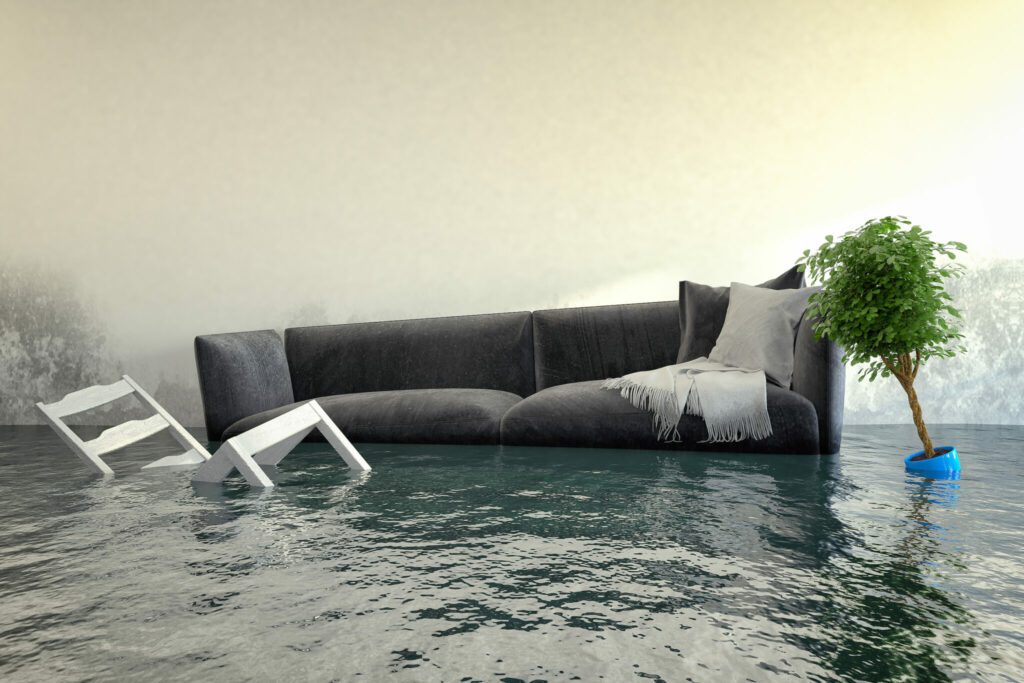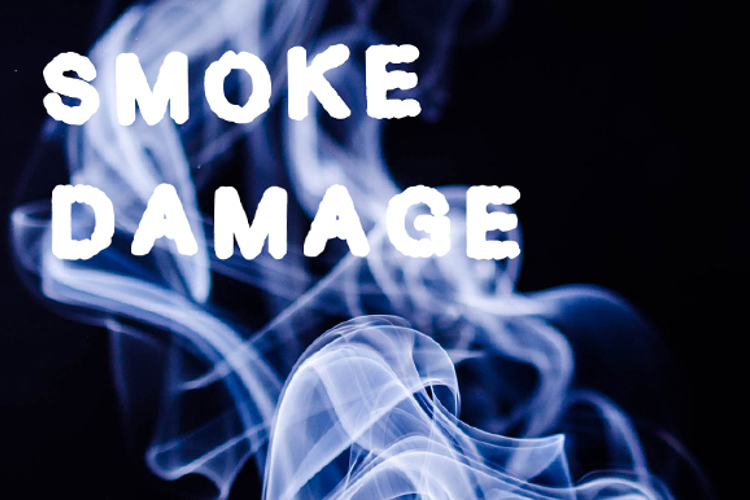Whether your home floods due to natural disasters like heavy rainfall, snowpack melt or internal issues such as a burst pipe or a bathtub that was left running, knowing the right steps to take immediately can help minimize damage and ensure your safety. In this article, we hope to help answer some of the questions you might have if you have flooding issues in the future.
1. Safety First
-
- Turn Off Power and water supply: If it’s safe to do so, turn off the electricity at the main breaker to prevent electrical hazards. If you are in an apartment or condo, contact your landlord to help get this step taken care of. If you’re standing in water, don’t attempt to handle electrical equipment or turn off the power yourself; call a professional like Ally1 Disaster Solutions to help.
-
- Turn Off the Water Supply: If the flooding is due to a burst pipe or another internal water issue, locate and turn off the main water supply to stop further flooding. This is crucial to prevent additional water damage.
-
- Evacuate If Necessary: If the flooding is severe or rising rapidly, evacuate your home immediately and seek higher ground. Don’t risk your life to save belongings.
-
- Avoid Contaminated Water: Floodwater from natural sources can be contaminated with sewage, chemicals, and debris, so avoid contact as much as possible. Similarly, if the water is from a burst pipe, it could be contaminated, especially if it’s from a sewer line.
2. Document the Damage
-
- Take Photos and Videos: Before you start cleaning up, document the damage to your property with photos and videos. This will be crucial for insurance claims.
-
- List Damaged Items: Make a list of all the damaged items and areas in your home. This will help when filing a claim and determining what can be salvaged.
3. Contact Your Insurance Company
-
- Notify Your Insurer: Call your insurance company as soon as possible to report the flood and start the claims process. Whether the flooding is due to external or internal causes, provide them with the documentation you’ve gathered.
-
- Understand Your Coverage: Ask your insurance company about the specifics of your coverage, including what repairs and services are covered and what isn’t. Some policies may treat water damage from external sources differently from internal issues like burst pipes.
4. Prevent Further Damage
-
- Remove Excess Water: If it’s safe and you can do so, start removing excess water using pumps, wet vacuums, or buckets. This will help minimize water damage to floors and walls.
-
- Dry Out Your Home: Open windows and doors to increase ventilation. Use fans, dehumidifiers, and air conditioners to help dry out your home as quickly as possible.
-
- Move Items to a Safe Location: Relocate undamaged items to a dry area to prevent them from getting wet or further damaged.
5. Call in the Professionals
-
- Hire a Restoration Company: Water damage restoration companies like Ally1 Disaster Solutions have the expertise and equipment to properly dry out your home, prevent mold growth, and restore your property. This is especially important when dealing with water from a burst pipe, as it may require specific cleanup procedures.
-
- Mold Prevention: Mold can start growing within 24 to 48 hours after a flood, so it’s essential to act quickly. Professional restoration services can help mitigate the risk of mold.
6. Clean Up Safely
-
- Use Protective Gear: When cleaning up, wear protective clothing, including gloves, boots, and masks, to avoid exposure to contaminated water and hazardous materials.
-
- Dispose of Contaminated Items: Items that have been soaked in floodwater, especially porous materials like carpets and mattresses, may need to be disposed of due to contamination. Even with a burst pipe, water damage can ruin certain materials, requiring careful disposal.
7. Plan for Repairs
-
- Assess Structural Damage: Have a professional inspect your home for structural damage, such as foundation cracks or weakened walls, to ensure it’s safe to return.
-
- Start the Repair Process: Once your home is dry, begin the repair and restoration process. Work with your insurance company to determine which repairs are covered. Addressing a burst pipe may require specific plumbing repairs in addition to general restoration.
8. Accept Help
We know these kinds of situations can be stressful and emotionally taxing. If you have family, friends or neighbors who are willing to help where they can, let them. Accept a meal, a place to stay if needed and other kind gestures. Community is a vital part of where we live and accepting help can build relationships and relieve some of our burden.
Whether caused by external flooding or an internal issue like a burst pipe, water damage can be devastating. By following these steps, you can protect your home, your health, and your finances. Acting quickly and efficiently is key to minimizing damage and ensuring a safe recovery. For expert assistance, don’t hesitate to reach out to professionals like Ally1 Disaster Solutions, who can help restore your home to its original condition.







